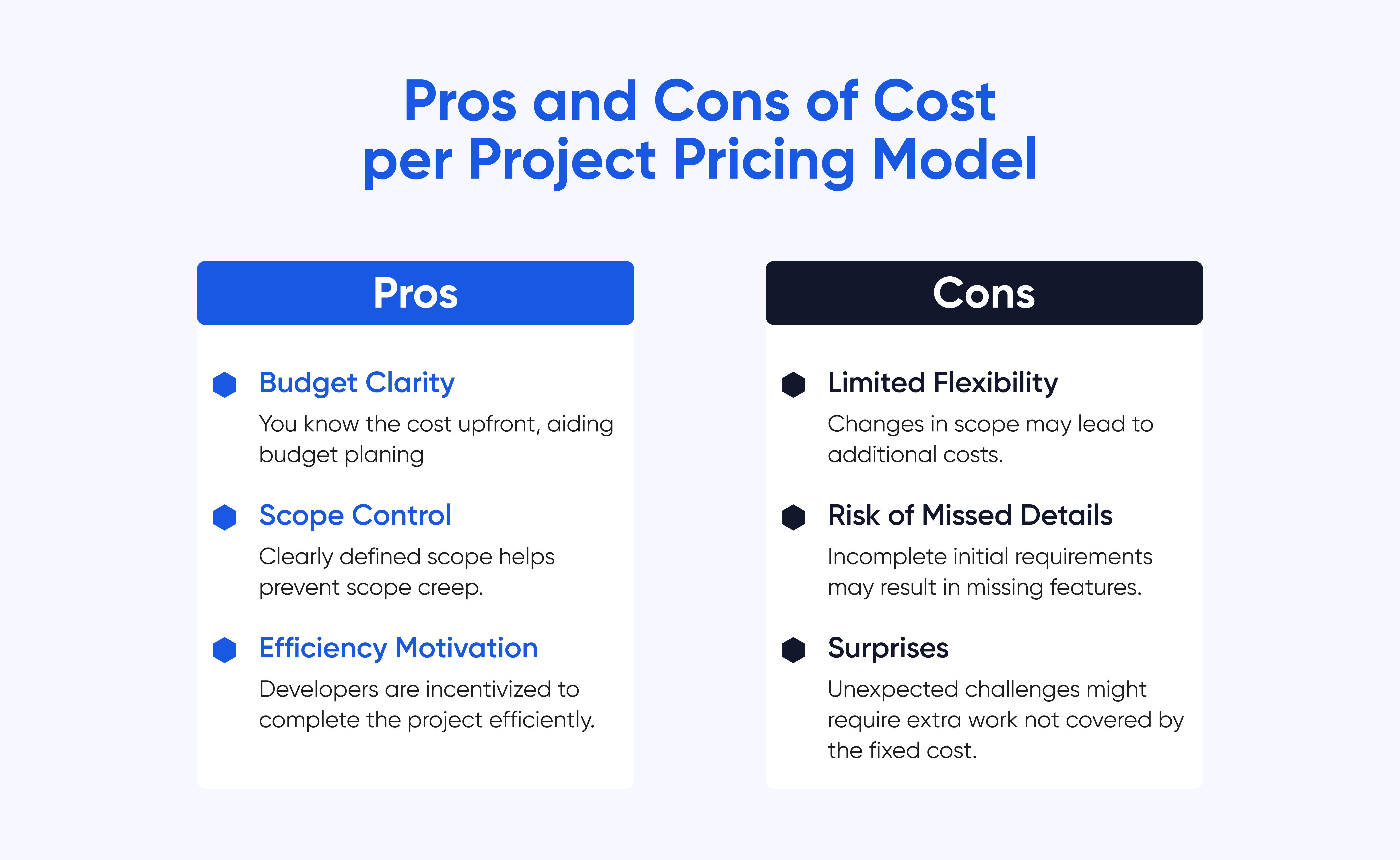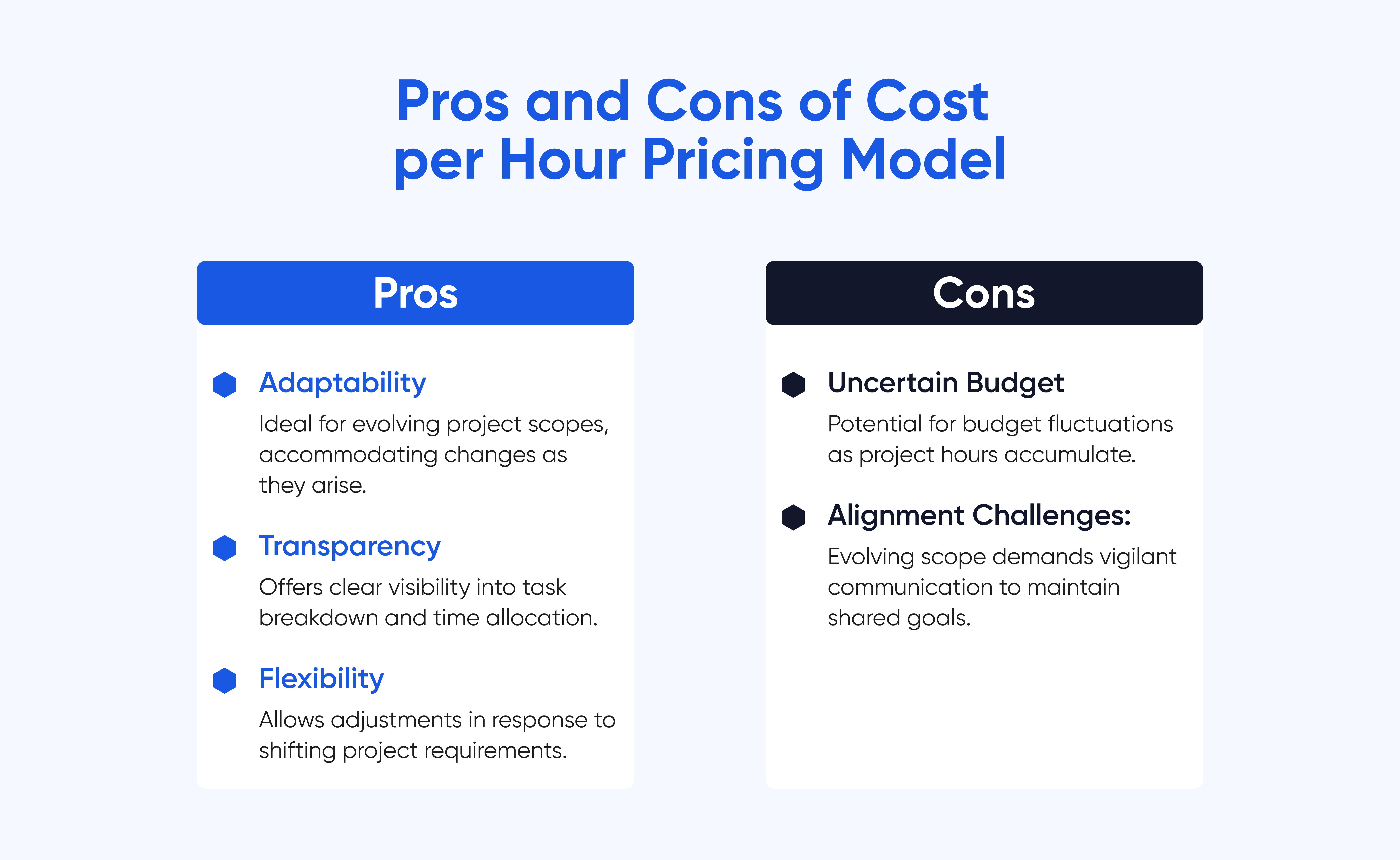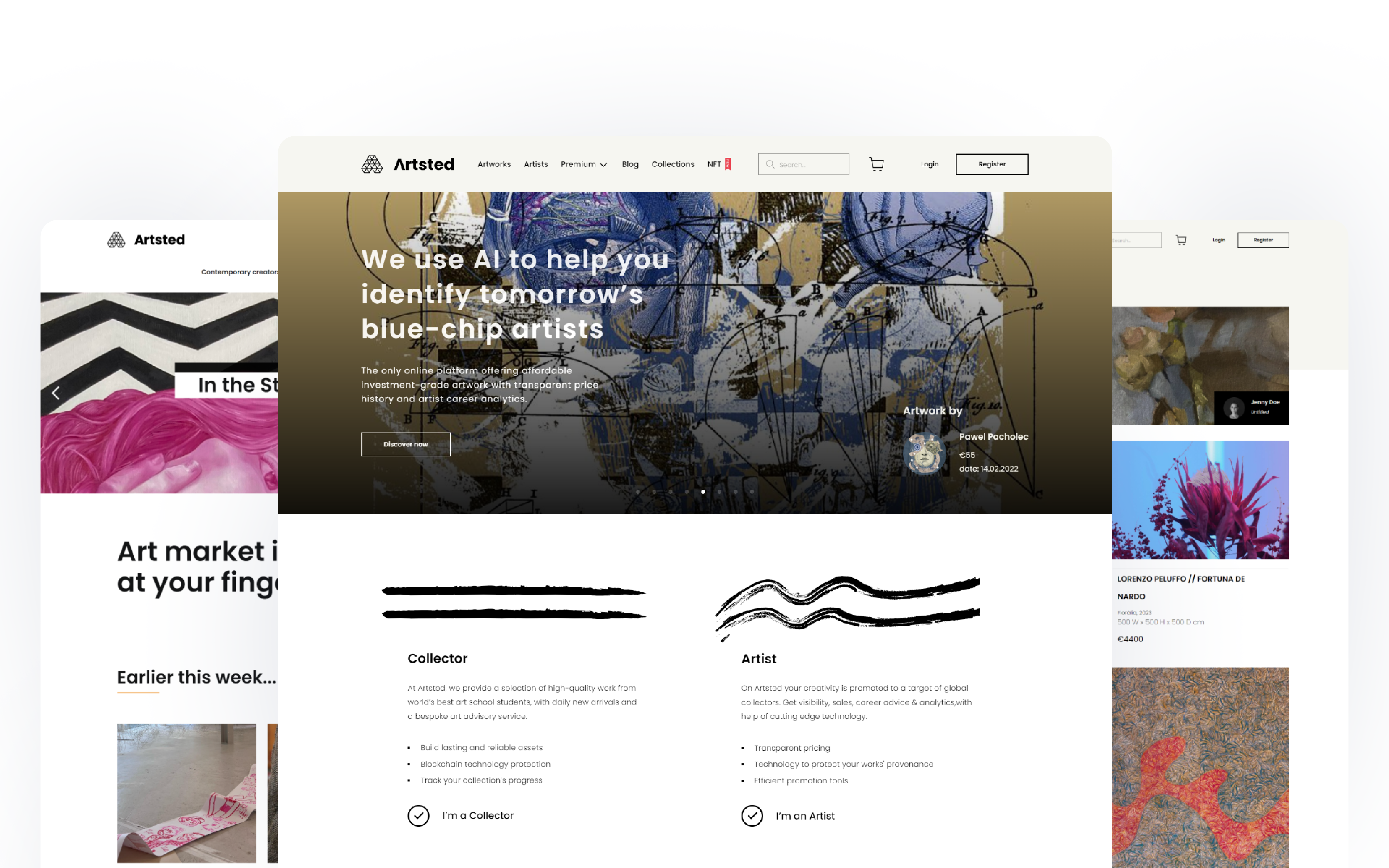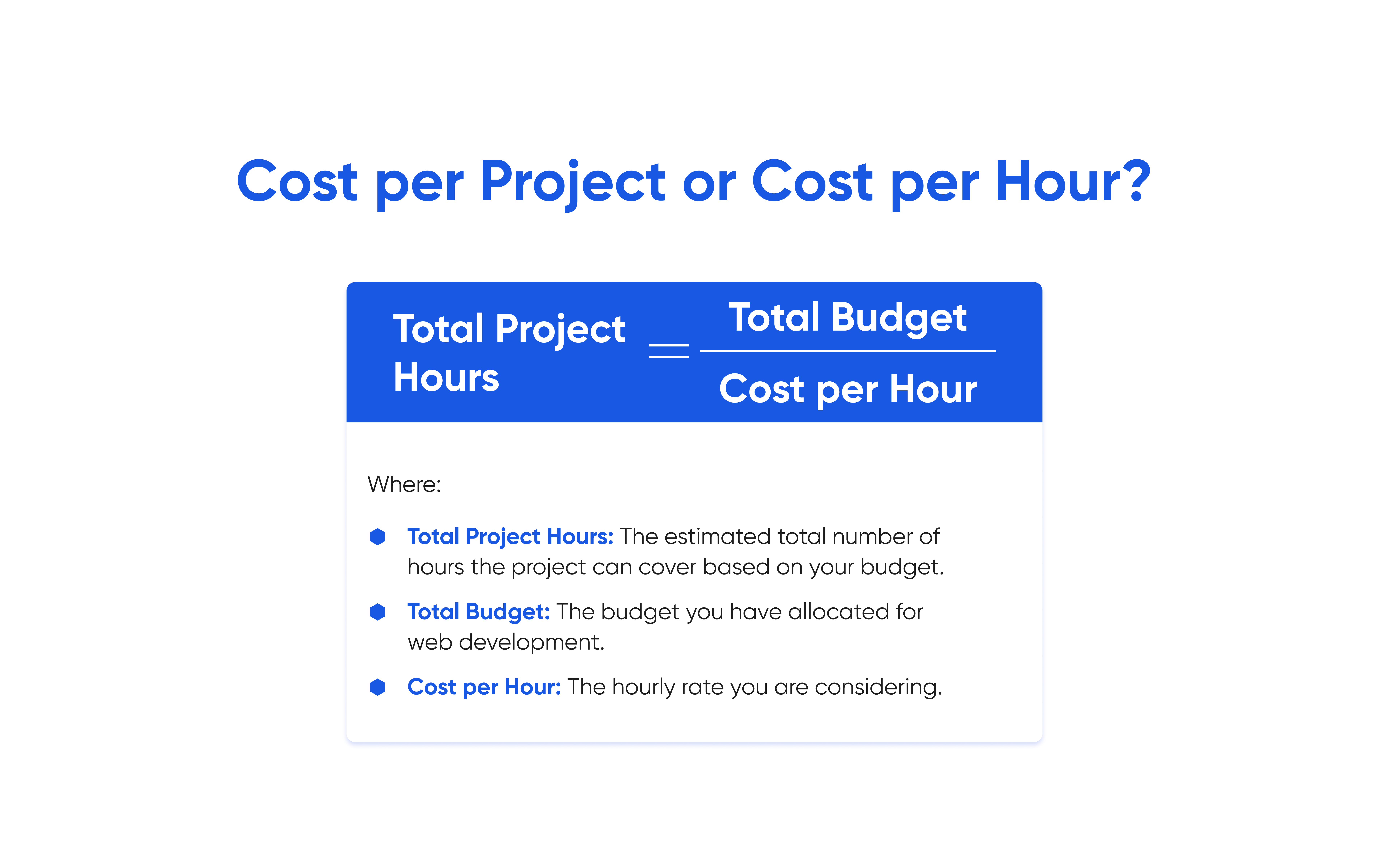Web Development Pricing Options - Cost per Project vs Cost per Hour

In the dynamic landscape of modern business, outsourcing services has become a strategic tool for companies aiming to enhance their products and services. Even industry giants are familiar with leveraging external expertise to bolster their brand identity and digital presence. Did you know that Slack, apart from being one of the most widely used workplace communication platforms, is also a prime example of successful outsourcing practices? By partnering with an agency, Slack outsourced critical elements like web and mobile app development, logo creation, and marketing site design. The result? A product that's functional, visually captivating, and intuitively user-friendly.
Slack is one of many tech heavyweights that have embraced web development services. Skype, a cornerstone of modern communication, chose to outsource the development of its website — the very platform through which its service operates. This raises intriguing questions about the approach taken by such renowned corporations. Does outsourcing extend beyond specific projects, delving into the realm of ongoing operations? And amidst such considerations, another question surfaces: how do these companies navigate the cost aspect of web development? Let's analyze the cases of a software development company Movadex: what is better?
Cost per Project vs Cost per Hour: What’s the Difference?
As companies strive to establish and enhance their online web presence, the pricing model they choose can significantly impact not only their budgets but also the success of their ventures. Two prevalent options stand out: cost per project and cost per hour. Understanding the differences between these models is essential for making informed decisions that align with your goals and resources.
Understanding Cost per Project Pricing Model
The Cost per Project pricing model is a straightforward approach relevant to specific project contexts. This model revolves around a predetermined fixed price that is agreed upon for the entirety of the project, encapsulating all stages from initiation to completion.
How It Works:
In the Cost per Project model, the client and the development team collaborate to comprehensively understand the project's scope, objectives, and deliverables. With this clarity in place, a specific cost that covers all aspects of the project's development, design, and implementation is agreed upon. Regardless of the time spent or potential hurdles encountered during the project's lifecycle, the agreed-upon price remains constant.

The Cost per Project pricing model offers clients and development teams a sense of certainty regarding budgeting, scope, and project completion. This makes it particularly well-suited for short-term projects with a defined timeframe, often up to 3 months. When projects have clear Terms of Reference (TOR), well-established features, and specific goals, the fixed cost per project aligns seamlessly with the project's parameters.
However, it's important to note that the model's rigid nature may pose challenges when dealing with evolving requirements or unforeseen hurdles. For projects that demand adaptability or undergo substantial changes during development, the fixed nature of the pricing could be a constraint. In these cases, alternative pricing approaches that allow for more flexibility, such as the Cost per Hour model, might be more suitable.
Case Study: Web Development with Cost per Project Pricing Model
In a time where web development demands agility and precision, the success story of KLT Health Group's website stands as a testament to the effectiveness of the Cost per
Web Development Pricing Options - Cost per Project vs Cost per Hour Project pricing model.
The KLT Health Group project is a shining example of how a brief, well-defined project with specific requirements and no iterations harmonizes impeccably with the Cost per Project pricing model. The alignment of vision, strategic planning, and fixed pricing culminated in creating a responsive, mission-centric website that seamlessly caters to a pressing global need.
Branding, design, and development for the client lasted 2.5 months, considered a short term project. Clear expectations in the brief allowed Movadex to establish a fixed price for the project, ensuring a smooth collaboration and an outcome that exceeded expectations.

Understanding Cost per Hour Pricing Model
As an alternative to the Cost per Project pricing model, the Cost per Hour approach offers a dynamic and adaptable framework for web development projects. The Cost per Hour pricing model centers around billing clients based on the actual hours invested by the development team. The project's scope and requirements may evolve in this model, making it particularly suitable for projects with changing or expanding needs.
How It Works:
Under this model, the development team meticulously tracks the hours devoted to each project task, feature, or phase. The client is then billed according to the cumulative hours worked by the group, providing a transparent and real-time account of the project's progress.

The Cost per Hour pricing model is particularly beneficial for projects spanning three months or more. If you anticipate generating new ideas for changes or additional features during development, this model offers the flexibility needed to implement them. Many agencies favor this pricing approach due to its adaptability and alignment with evolving projects.
As projects become complex and evolve, the Cost per Hour pricing model becomes attractive. It empowers clients with the flexibility to iterate and refine, ensuring that the final product is aligned with changing demands. However, it's essential to manage the potential budget uncertainties and maintain clear lines of communication to navigate the evolving scope effectively. When harnessed judiciously, this model provides the agility required for projects in flux, allowing them to thrive in a dynamic landscape.
Case Study: Web Development with Cost per Hour Pricing Model
Introducing Artsted, an extraordinary platform that redefines the art investment landscape. It is a unique and pioneering endeavor, offering a distinctive combination of investment-grade artwork, transparent price history, and artist career analytics.
Given the intricacies and dynamic evolution of Artsted, the flexibility offered by the Cost per Hour pricing model was a natural fit. The project spanned 7 months, during which new features found their place within the platform's architecture. This model provided the necessary adaptability to integrate these enhancements as they emerged seamlessly.
In web development, where complexity and innovation intertwine, Artsted stands as a testament to the potential of the Cost per Hour pricing model. Its adaptability enabled the fusion of cutting-edge technology with the timeless beauty of art, culminating in a website that captures the essence of the present and the legacy of the past.

Fixed Payment or Hourly: Comparative Analysis
Each model carries its own set of advantages and considerations, making the choice between the two a pivotal decision in the project's trajectory. Let's delve into the differences between these pricing approaches to better understand their nuances and implications.
Below, we've outlined a comparative table to help you make an informed decision based on your project's specific requirements, budget, and goals.

Cost per Project or per Hour: Formula to Consider
When confronted with whether to opt for the Cost per Project or Cost per Hour pricing model, a strategic evaluation based on specific factors can provide invaluable guidance.
When you have an estimated budget of $100,000 for web development, you can use this formula to help decide whether the Cost per Project or Cost per Hour pricing model is more suitable for your situation:

Example: If you are considering $100,000 as the amount you are willing to invest in web development, and the average price on the web developer market is $50, then $100,000 / $50 = 2,000 hours
This calculation reveals that your budget can cover 2,000 work hours at the specified hourly rate. How can this information guide your choice between Cost per Project and Cost per Hour?
Influencing the Decision:
- Cost per Project: If your project's scope, complexity, and requirements can reasonably be completed within approximately 2,000 hours, the Cost per Project model could be advantageous. This model provides budget predictability and fixed scope, ensuring you get the most out of your allocated funds.
- Cost per Hour: If your project's demands are extensive and may surpass the 2,000-hour mark, the flexibility of the Cost per Hour model might be more suitable. This approach allows you to pay for the time spent, accommodating evolving scopes and potential iterations.
Conclusion
The decision between cost per project and price per hour depends on the unique characteristics of your project. A cost-per-project model might be appropriate if you prioritize budget predictability and have well-defined requirements. On the other hand, if you anticipate scope changes and value adaptability, the cost-per-hour model could be more suitable. Consider your project's complexity, scope evolution potential, and budget constraints to choose the best pricing structure for your goals. If you don't know what works best for you, you can contact the software development company Movadex. Remember, effective communication and a clear understanding between you and your development partner are paramount to the success of either pricing approach.